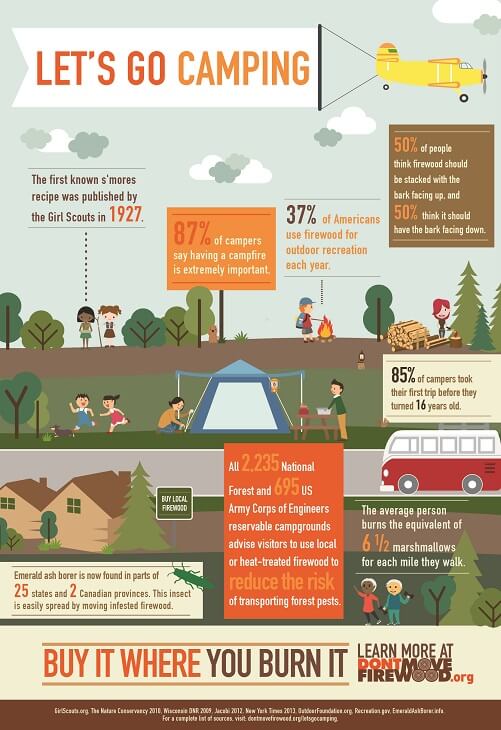Guide To Selling Camping Tents And Maintaining A Highly Effective Company
Guide To Selling Camping Tents And Maintaining A Highly Effective Company
Blog Article
Just How Vital Are Camping Tent Footprints/Ground Cover?
Tent footprints are a great method to protect your camping tent flooring from abrasions and extend its practical life. Nearly all gear manufacturers supply their very own brand-specific impacts that are developed to match their particular tent models.
How do you get Mould off a bell tent?
This tailored strategy provides convenience of setup and lessens the risk of rainwater seeping in via the seams.
What are they?
Camping tent impacts (likewise called tent ground sheets or under camping tent pads) give a layer of security in between the base of your tent and the outside setting. They protect your camping tent from sharp things, moisture, and rough surface areas.
Most camping tent suppliers provide their very own well-known footprints developed to fit flawlessly with their designated shelter designs. Nonetheless, these are generally costly and reasonably heavy compared to DIY alternatives like Polycryo or Tyvek.
Impacts are generally made from long lasting, water-proof materials such as polyurethane, nylon or silnylon. For ultralight backpackers seeking to lessen pack weight, there are additionally lightweight, high-strength options made from Cuben Fiber (Dyneema). It is very important to pick a footprint that's slightly smaller than your camping tent to stop rain from dripping down the sides of your shelter and funneling beneath you while you rest-- no person intends to wake up in a puddle! A footprint is a beneficial enhancement to any kind of camping trip. It helps guarantee a long life expectancy for your camping tent while including convenience and satisfaction.
How important are they?
Tent footprints safeguard the base of your outdoor tents from abrasion and dampness, aiding to expand its life-span. They're usually made of waterproof and dirt-resistant materials like polyethylene or a lightweight oxford polyester, though the denier of the material will vary (the higher the denier number, the thicker and burlier).
Many footprints are made to precisely match the shape of your camping tent's floor, which helps reduce material waste. Many have grommets or loops through which you can weave guylines for tension and stakes, ensuring that the impact is firmly held back.
If you camp in harsh surface or locations where there's a great deal of downed branches and sharp rocks, a camping tent footprint is well worth the added weight and bulk. But if you frequently camp in completely dry, sandy or rough problems, an impact may be overkill. A tarp is a better option because instance.
Do you commonly load one?
If you're camping on a really level surface where rocks and sticks aren't an issue, a tent footprint possibly isn't essential. If you remain in the backcountry with a lot of rough terrain, an impact can make life a lot easier.
Impacts are typically sized slightly smaller than the base of the outdoor tents. That's due to the fact that a bigger footprint would capture rainfall and funnel it under the tent, where you can awaken in a pool.
However, footprints can be pricey and hefty if you purchase one from the manufacturer of your outdoor tents (the Big Agnes Tiger Wall surface UL 2 footprint, for example, sets you back $70 and considers six ounces). You can save cash and weight by making your very own DIY impact by reducing a piece of Tyvek or other water-proof material to the exact measurements of your sanctuary. You can even include grommets for simple attachment. The main advantage of a footprint is that it helps to shield the floor of your backpacking tent from unpleasant aspects such as rocks and twigs.
Just how do you keep them clean?
A supplier's impact can add substantial weight to your sanctuary system and if you're an ultralight backpacker trying to conserve every ounce, it may not be worth it. Consequently, numerous backpackers will make use of a DIY groundsheet that's made out of something like Tyvek or Polycryo and suffice to size for their outdoor tents footprint.
This alternative is fairly inexpensive and will certainly safeguard your tent from wetness, rocks, thorns, sticks, etc, while likewise helping to maintain the bottom of your outdoor tents dry.
If you do determine to buy an impact, make sure it's designed particularly for your specific camping tent as this will help in reducing water pooling around the sides of your sanctuary. For instance, if your outdoor tents footprint is also big and expands past the edge of your rainfly, it will certainly collect rains which can seep right into lighter-weight outdoors tents and potentially wear down the floor. See to it tents you can live in it fits your camping tent fairly comfortably to prevent this.
What benefits can you get in camping?
